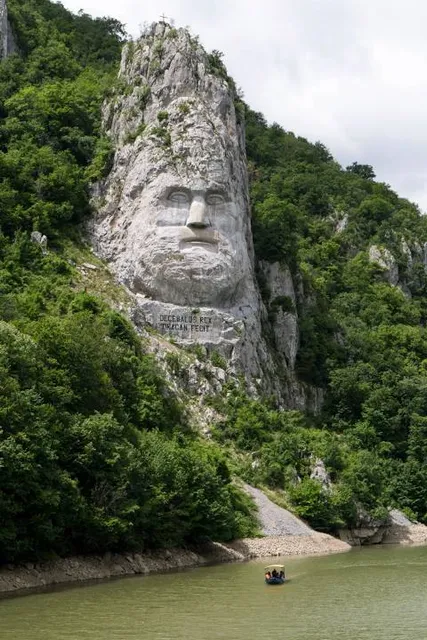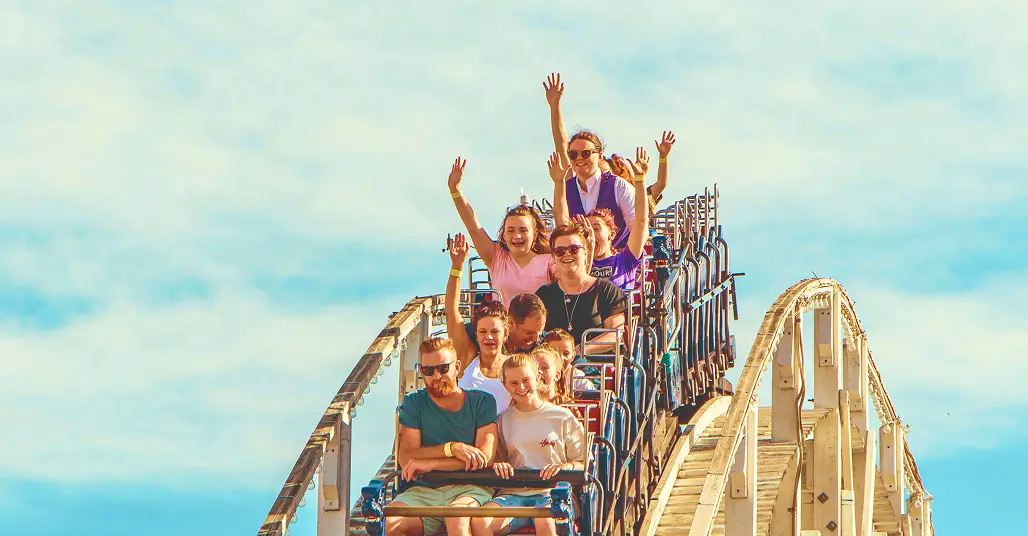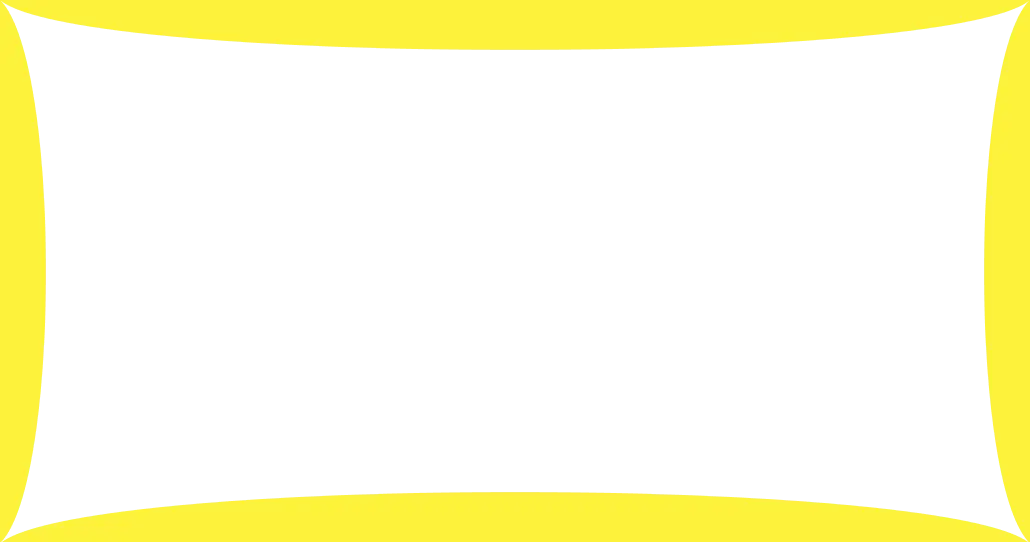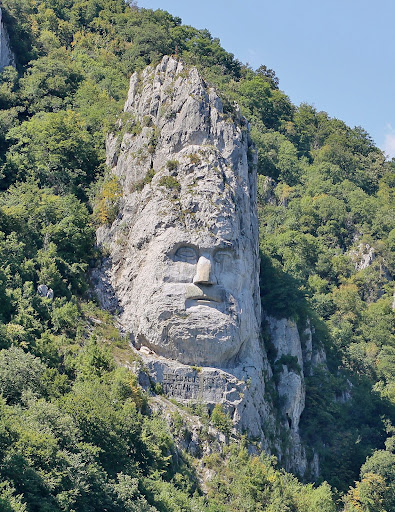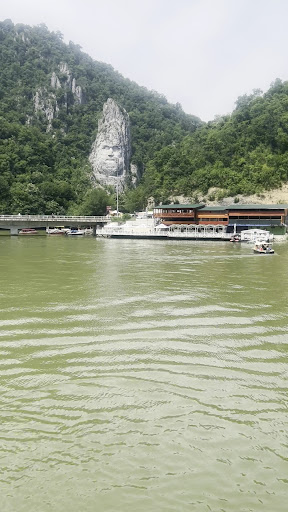Rock Sculpture of Decebalus things to do, attractions, restaurants, events info and trip planning
Basic Info
Rock Sculpture of Decebalus
DN57, Dubova 227170, Romania
4.8(4.3K)
Open 24 hours
Save
spot
spot
Ratings & Description
Info
The rock sculpture of Decebalus is a colossal carving of the face of Decebalus, the last king of Dacia, who fought against the Roman emperors Domitian and Trajan to preserve the independence of his country, which corresponds to present-day Romania. The sculpture is located near the city of Orșova, in Mehedinți County.
Outdoor
Cultural
Adventure
attractions: Golful Mraconia, restaurants:
 Learn more insights from Wanderboat AI.
Learn more insights from Wanderboat AI.Phone
+40 744 612 005
Website
statuia-decebal.ro
Plan your stay
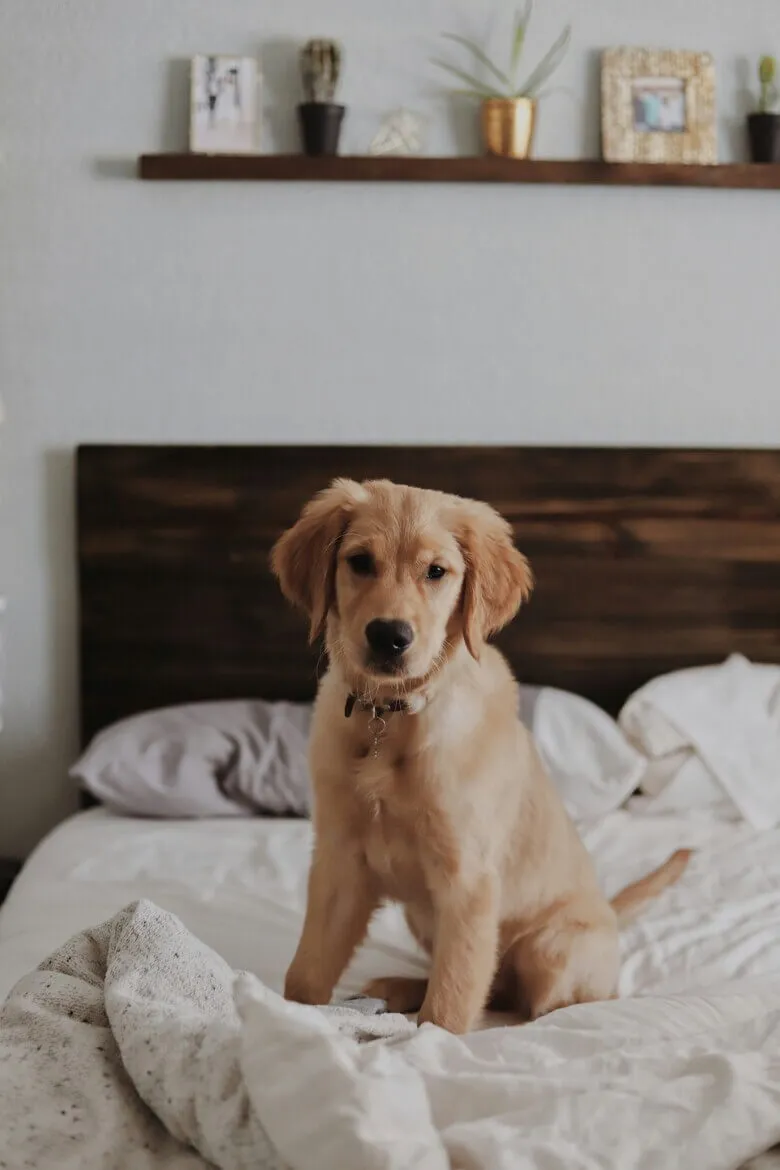
Pet-friendly Hotels in Eșelnița
Find a cozy hotel nearby and make it a full experience.

Affordable Hotels in Eșelnița
Find a cozy hotel nearby and make it a full experience.
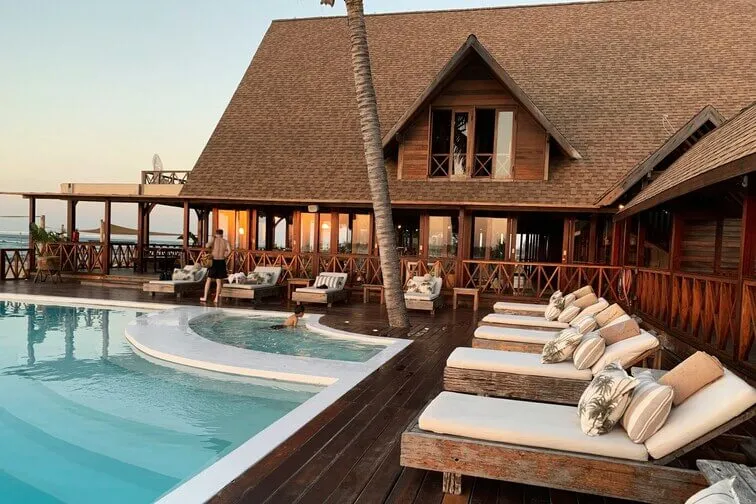
The Coolest Hotels You Haven't Heard Of (Yet)
Find a cozy hotel nearby and make it a full experience.

Trending Stays Worth the Hype in Eșelnița
Find a cozy hotel nearby and make it a full experience.
Reviews
Nearby attractions of Rock Sculpture of Decebalus
Golful Mraconia
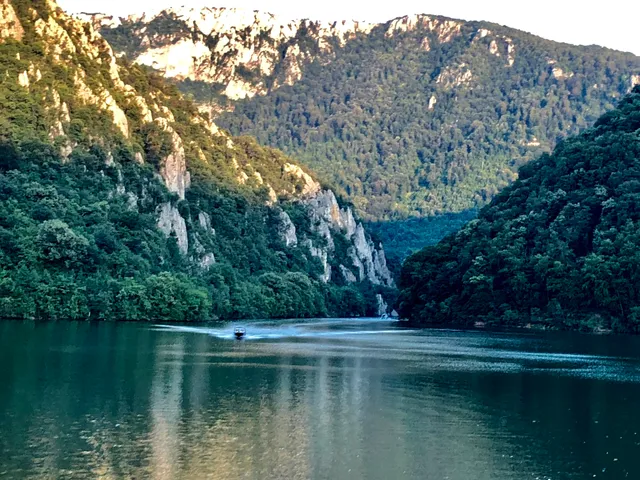
Golful Mraconia
4.8
(34)
Open 24 hours
Click for details
